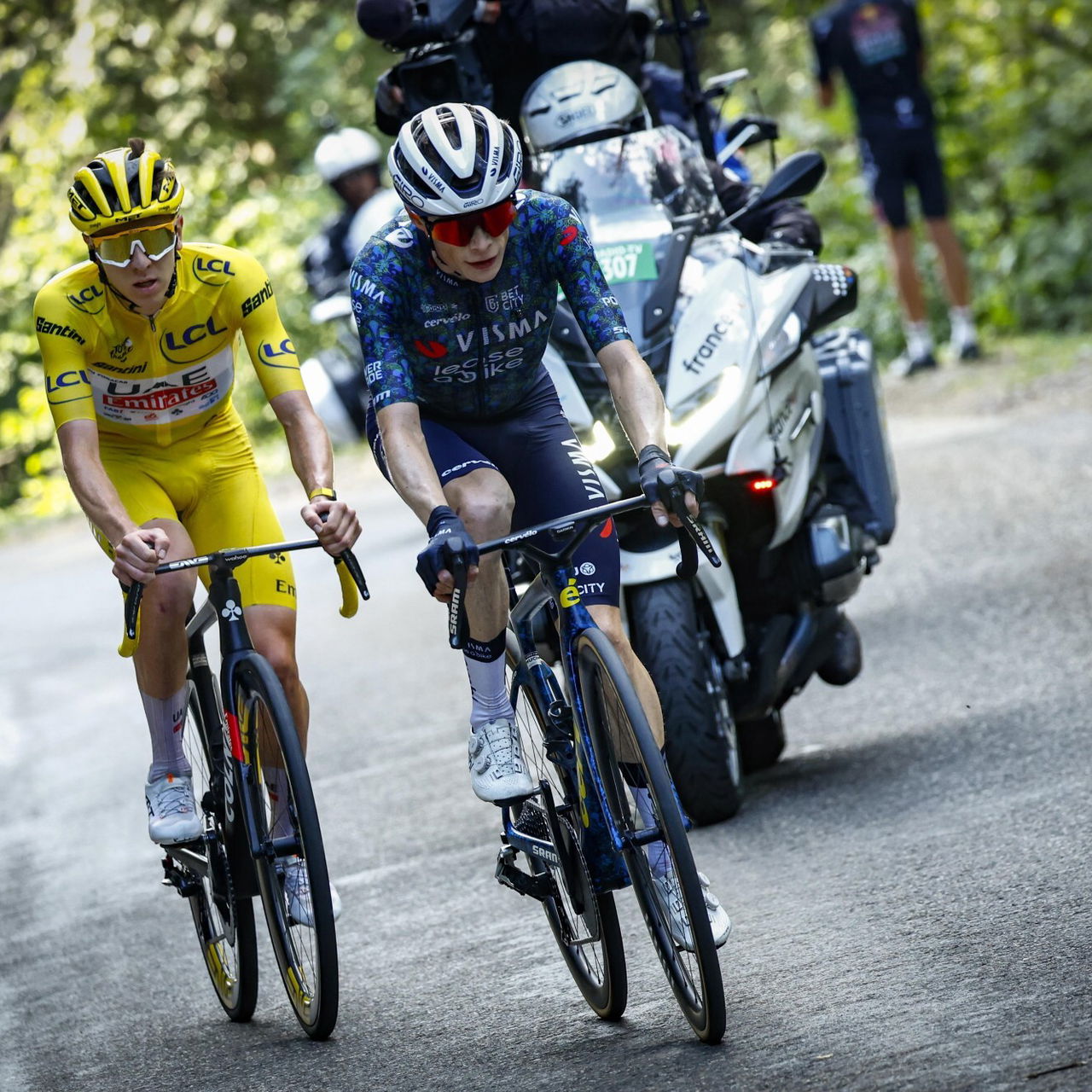Tour de France 2025: Mountain stages
The mountain stages of the Tour de France 2025 will be crucial in deciding who wears the yellow jersey in Paris. With legendary climbs like Mont Ventoux, Col du Tourmalet, and Col de la Loze on the route, these stages will be where the GC contenders rise or fall.

Mountain stages Tour de France 2025
This year’s Tour de France mountain stages are tough, with over 50,000 metres of climbing across the race. Six stages feature serious elevation, summit finishes and iconic climbs that are known to break riders. From the queen stage in the Alps to fireworks in the Pyrenees, these are the days where the Tour will be won or lost.
Stage 10 (July 14) | Ennezat - Le Mont-Dore Puy De Sancy | (163km)
For the first time since 2019, there is no rest day before stage 10. That’s because it falls on Bastille Day, France’s national holiday, which the Tour never skips.
The route delivers: 163 brutal kilometres through the Massif Central, with 4,400 metres of climbing and hardly a flat stretch in sight. Seven climbs lead to the summit finish on Le Mont-Dore, 3.3 km at an average of 8%.
Breakaway or GC fireworks? Either way, expect action. And maybe a new French hero on July 14, like Barguil in 2017.
Stage 12 (July 17) | Auch - Hautacam | (181km)
Stage 12 brings the first major summit finish of the race, on the iconic Hautacam. The last two times the Tour finished here, the stage winner also wore yellow - Nibali in 2014, Vingegaard in 2022.
Before the final climb, riders face the Col du Soulor and Col des Bordères. By the time they hit the Hautacam - 13.5 km at 7.8% - the damage may already be done. This is a climb that exposes any weakness.
A big GC shake-up is on the cards.
Stage 14 (July 19) | Pau - Luchon-Superbagnères | (183km)
When the Tour reaches Pau, the Pyrenees are close. Only Paris and Bordeaux have hosted more stages. This time, Pau kicks off a key GC battle.
The route revisits four legendary climbs: Tourmalet (19 km at 7.4%), Aspin (5 km at 7.6%), Peyresourde (7.1 km at 7.8%) and a summit finish on Luchon-Superbagnères (12.4 km at 7.3%).
It echoes stage 14 of 1986, when Greg LeMond took the win on Superbagnères and held yellow to Paris. Robert Millar repeated the feat in 1989 - a Tour for the ages, also won by LeMond.
Stage 16 (July 22) | Montpellier - Mont Ventoux | (172km)
Montpellier returns to the Tour for the first time since 2016, when chaos reigned on Mont Ventoux and Chris Froome ran in yellow. This year, the city hosts another stage to cycling’s most feared mountain.
Mont Ventoux is brutal and legendary. A barren moonscape near the top, constant wind, and a relentless 15.7 km at 8.8%. History echoes here - and the suffering is guaranteed.
Stage 18 (July 24) | Vif - Courchevel Col de la Loze | (171km) - Mountain
Stage 18 is the toughest of the 2025 Tour. Starting in Vif, the peloton faces the Glandon (21.7 km at 5.1%), Madeleine (19.2 km at 7.9%) and the fearsome Col de la Loze (26.4 km at 6.5%) over 171 kilometres and more than 5,500 metres of climbing.
The Loze, only introduced in 2020, has already become infamous. This year, the final stretch runs over a cycle path above Courchevel, just as irregular and punishing as ever. The summit lies at 2,300 metres, where altitude and fatigue will hit hard.
Stage 19 (July 25) | Albertville - La Plagne | (130km)
Stage 19 brings the last summit finish of the 2025 Tour and the final guaranteed GC battle. Riders face 4,800 metres of climbing in just 130 kilometres, deep into the third week.
The Col du Pré and Cormet de Roseland offer chances for long-range attacks, but all eyes will be on the final ascent to La Plagne: 19.1 km at 7.2%.
Will the fight for yellow still be alive? If so, this could be a stage to remember.

Follow the 2025 Tour de France at Domestique
This overview is part of our Tour de France 2025 content hub. Explore all the features we've put together for you and enjoy the race!





